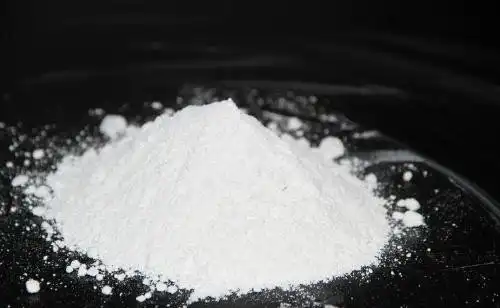Hexagonal magnesium hydroxide flame retardant has the advantages of smoke suppression, green and environmental protection, but due to its low flame retardant efficiency, it often requires a large filling amount when used in polymer substrates. Because magnesium hydroxide, as an inorganic powder, has the characteristics of hydrophilicity and oleophobicity and high polarity, it is not conducive to the interface composite of inorganic/organic materials. A high filling amount will cause the mechanical properties of polymer composite materials added with magnesium hydroxide to drop significantly.

In order to improve the inorganic/organic interface compatibility between magnesium hydroxide and polymer substrates, Hebei Messi Biology Co., Ltd. selected 3-methacryloxypropyltrimethoxysilane (A-174) to dry-modify hexagonal magnesium hydroxide. This silane coupling agent can be copolymerized with vinyl acetate, acrylic acid or methacrylic acid monomers and is commonly used in the wire and cable industry. While improving the interface compatibility of composite materials, it can also improve the antistatic performance of cable materials.
Hebei Messi Biology Co., Ltd. studied the factors that affect the effect of dry process modified hexagonal magnesium hydroxide, namely the amount of modifier, modification temperature, modification time and stirring speed. Using a single factor experimental method, the optimal process conditions for the effect of silane coupling agent A-174 modified magnesium hydroxide were determined by measuring the activation index of the modified powder, and the modification mechanism and modification effect of silane coupling agent A-174 modified magnesium hydroxide were discussed through characterization methods such as SEM, thermogravimetric analysis and infrared spectroscopy.
